CIPD: Evaluating L&D in a Knowledge Economy Presentation
VerifiedAdded on 2023/06/04
|36
|2504
|435
Presentation
AI Summary
This presentation provides a comprehensive overview of Learning and Development (L&D) evaluation. It begins by defining evaluation, exploring its various types (formative, summative, process, outcome, impact), and outlining its purposes (diagnostics, measurement, experimentation). The presentation then delves into the role of evaluation within L&D processes, emphasizing the importance of knowledge transfer and its impact on Return on Investment (ROI). It introduces key L&D evaluation theories, including Utilization-Focused, Values-Engaged, and Empowerment evaluation, comparing their strengths and weaknesses. Furthermore, the presentation details the evaluation process, including data sources, the Kirkpatrick Model, and methods of analysis (qualitative and quantitative). Finally, it addresses challenges in L&D evaluation, such as cost and the difficulty in measuring certain aspects, and explores the relevance of L&D evaluation within a knowledge economy, highlighting its impact on intellectual capital and the need for innovation. The Zocdoc case study illustrates the practical application of these concepts.
1 out of 36

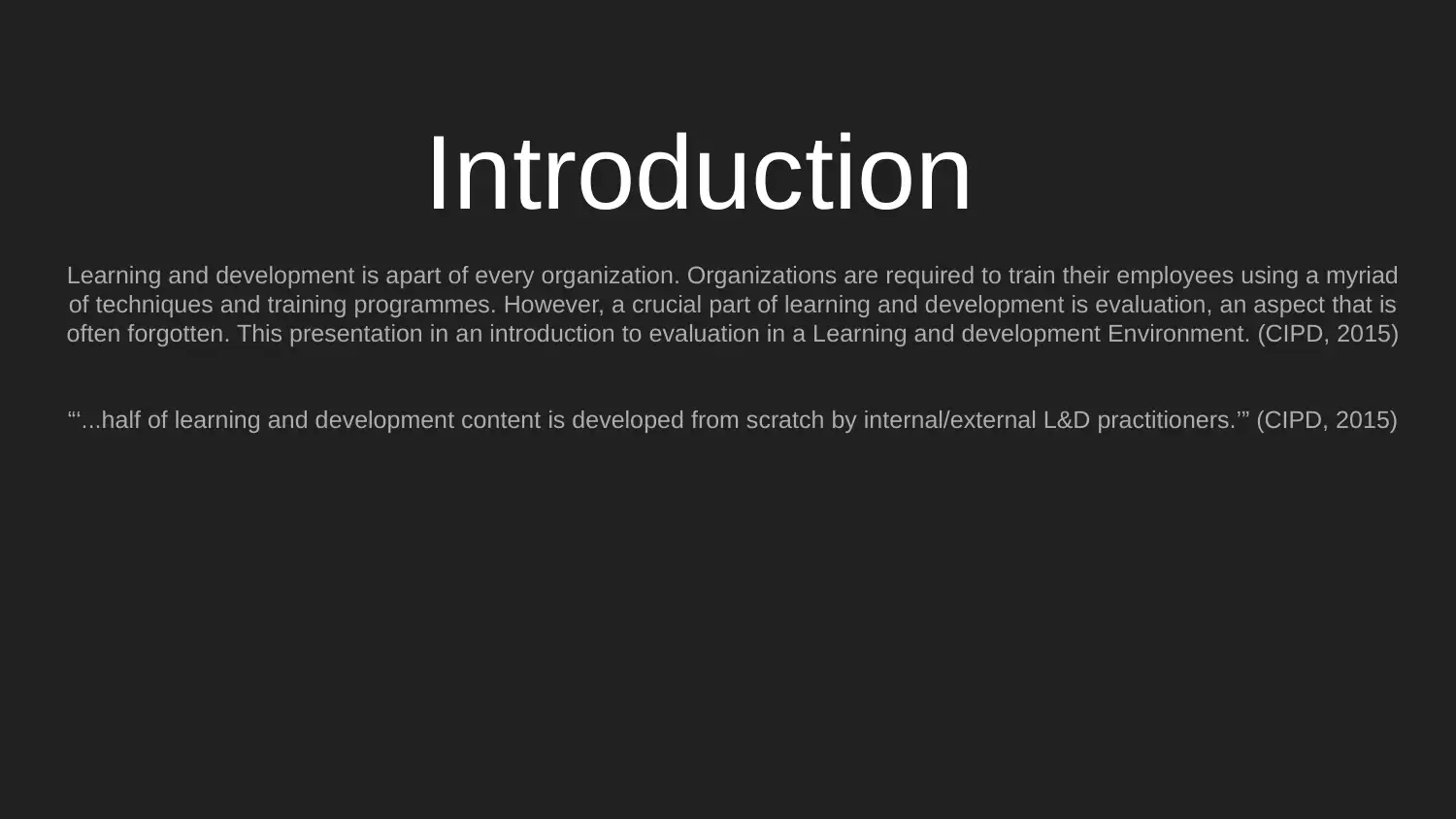
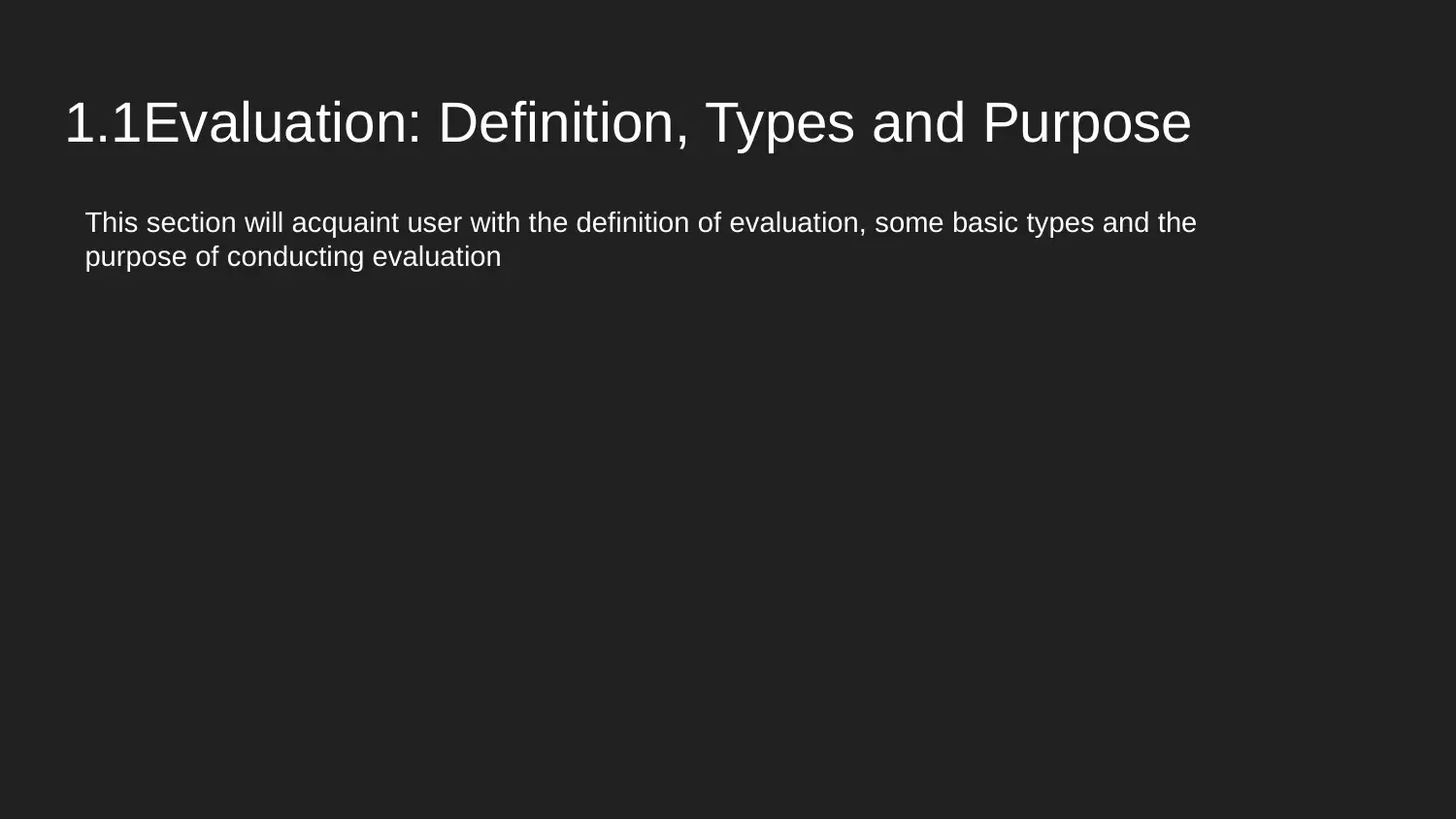

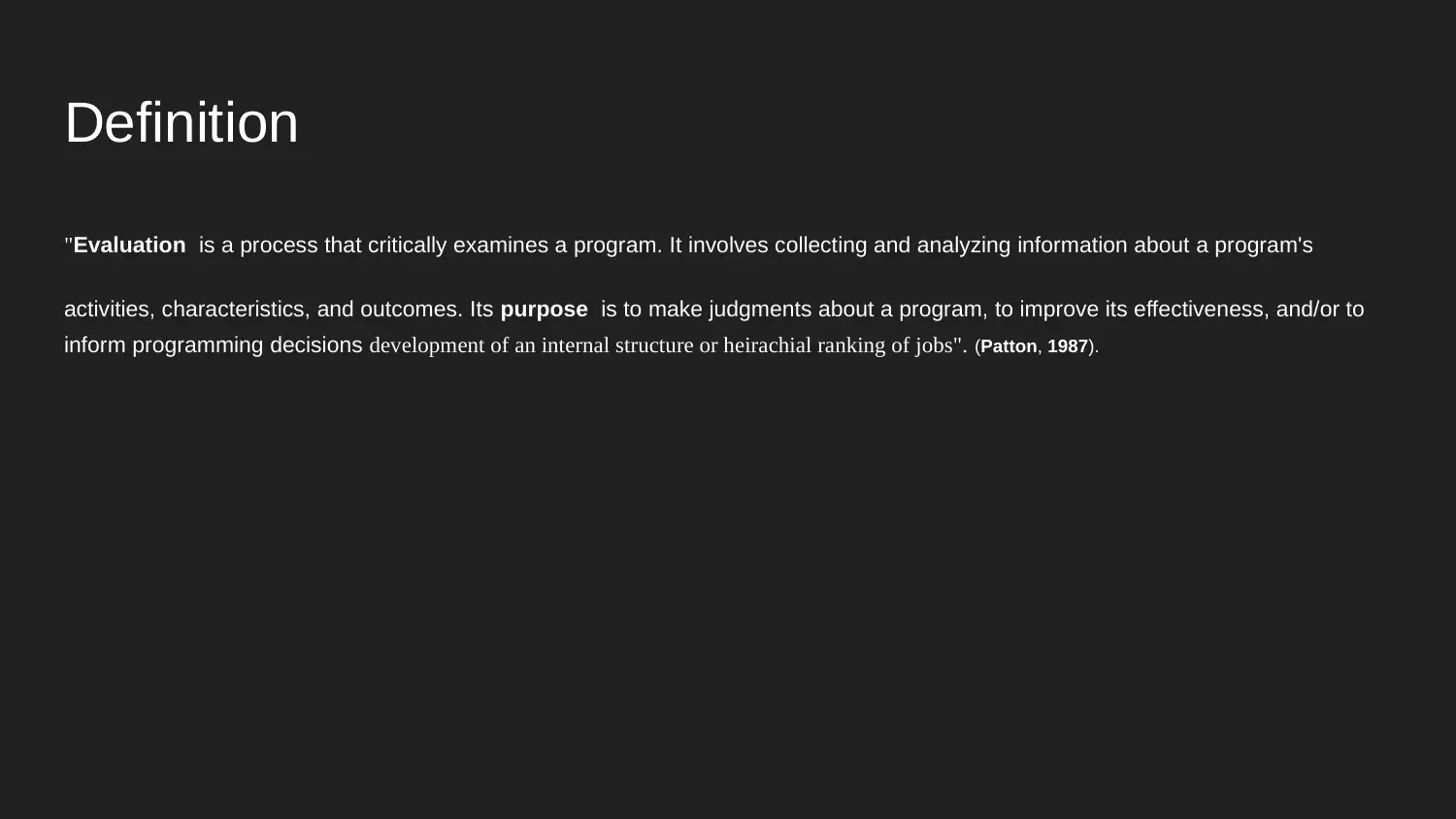
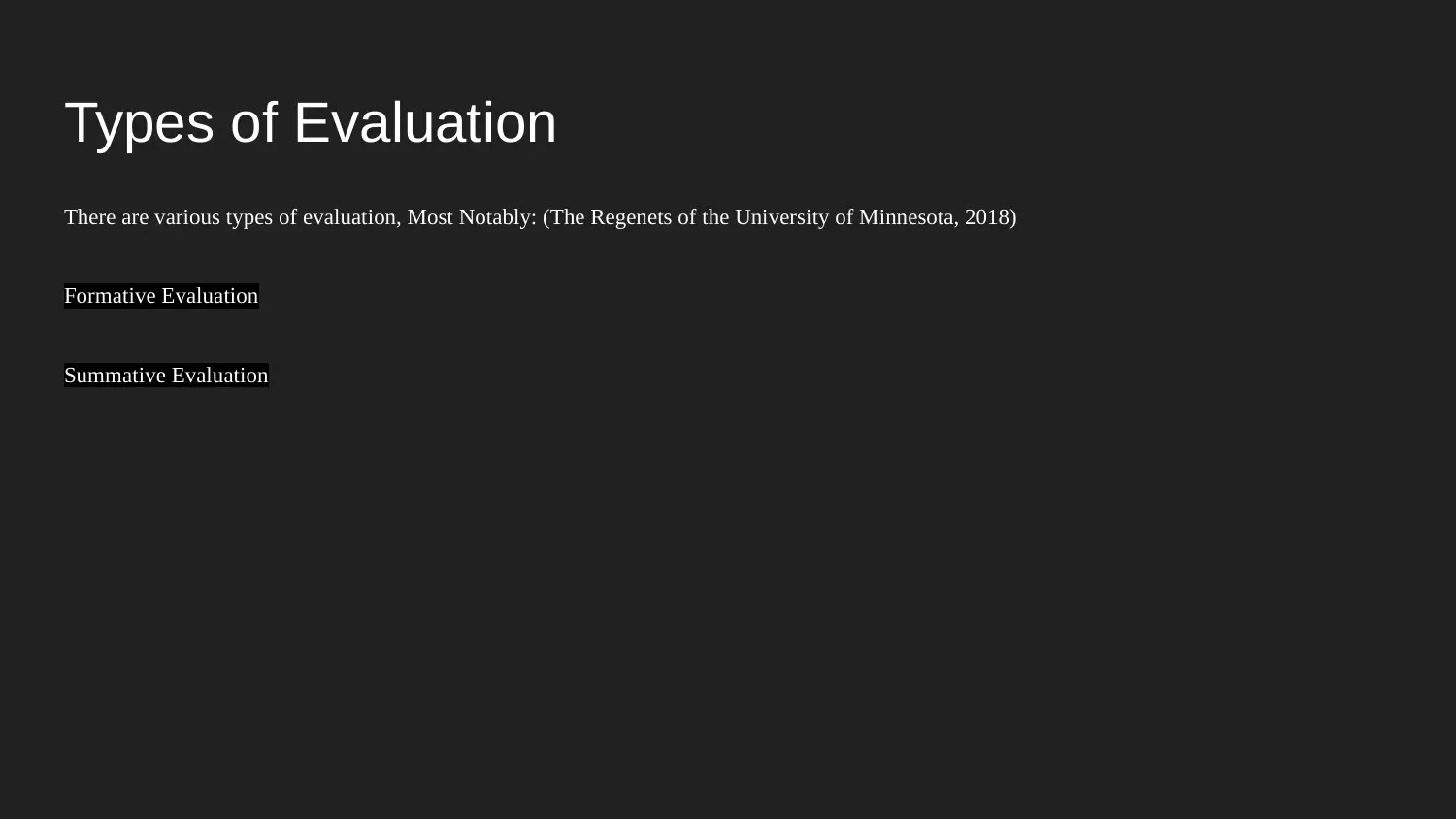



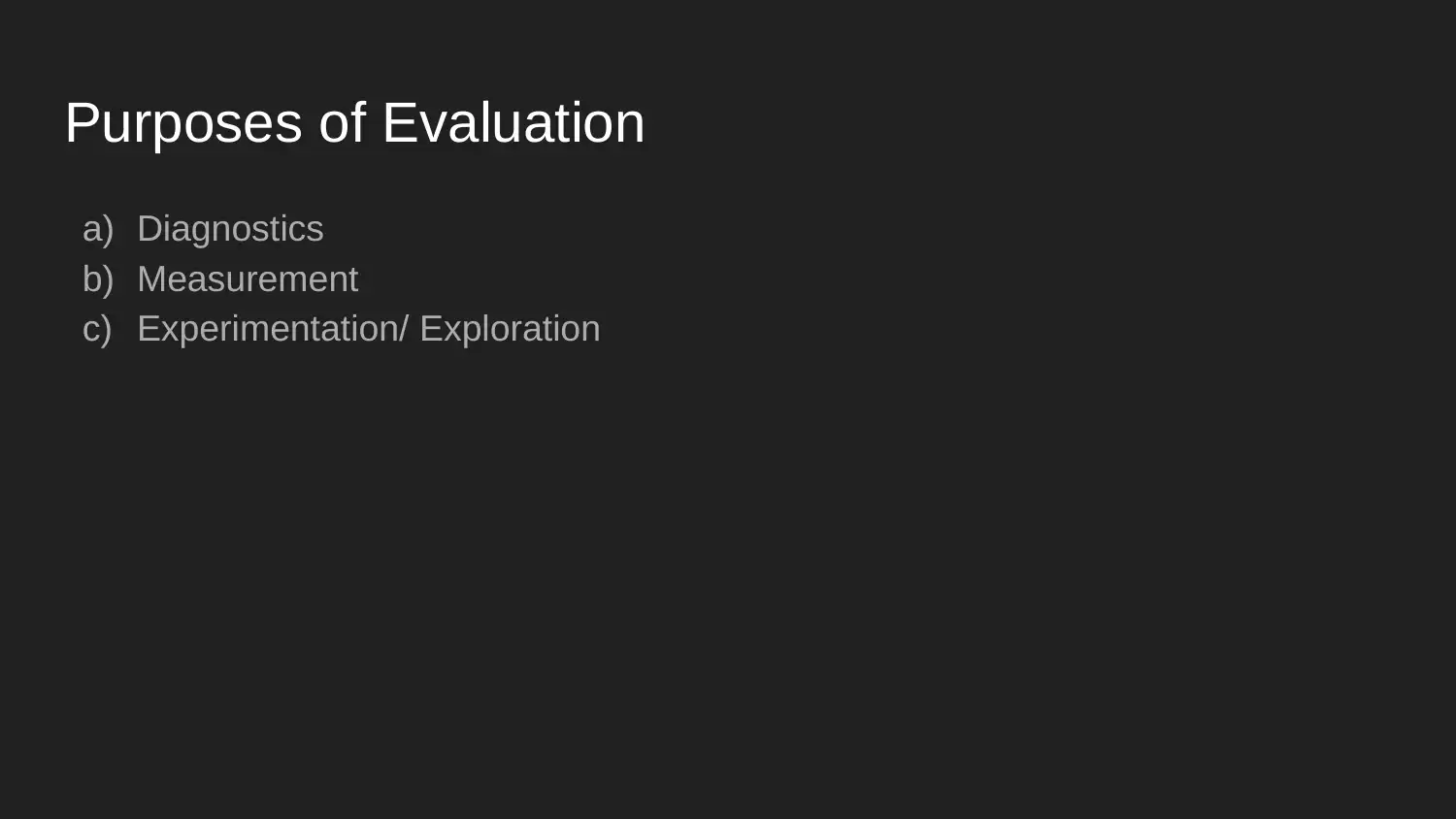
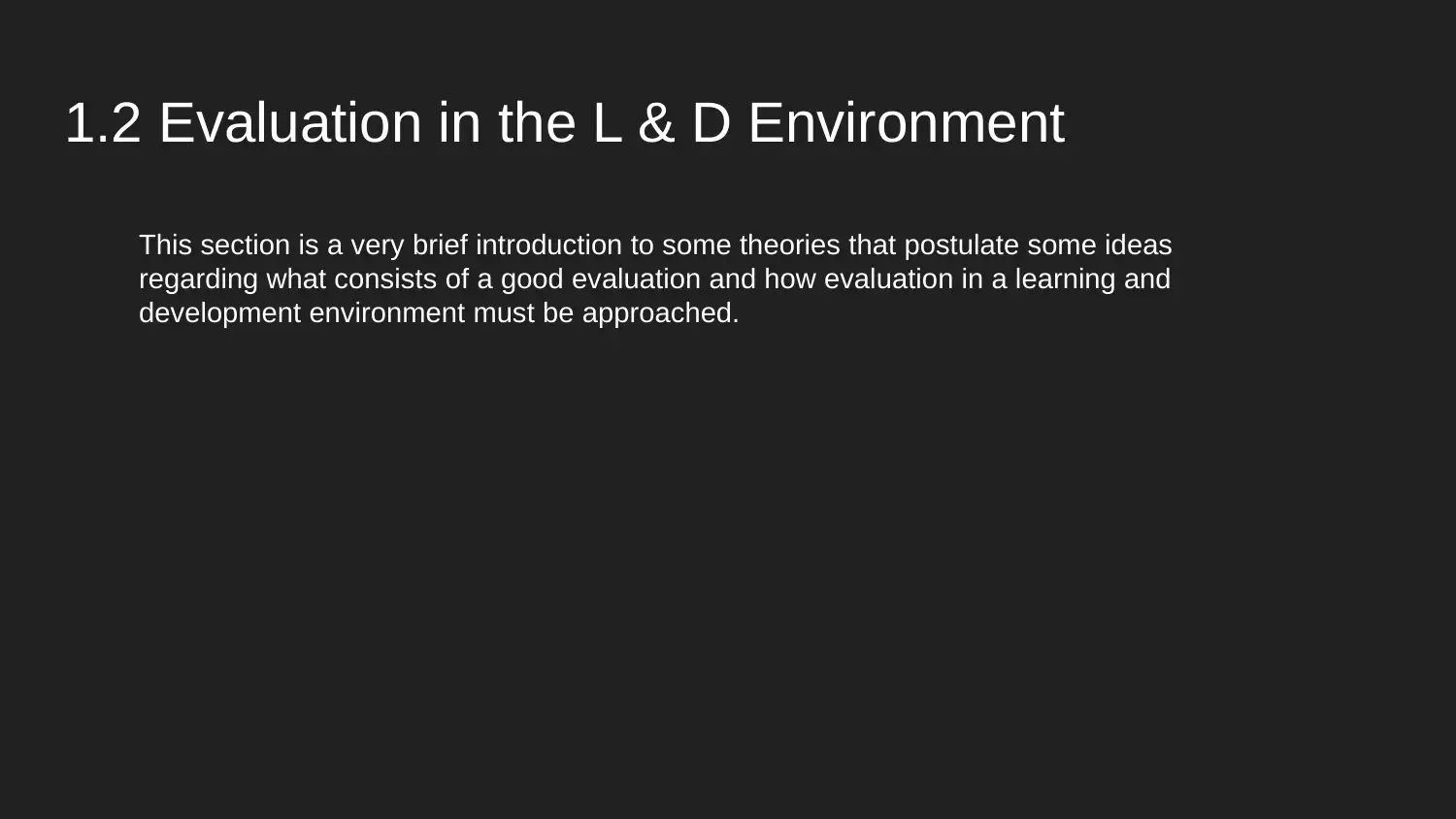
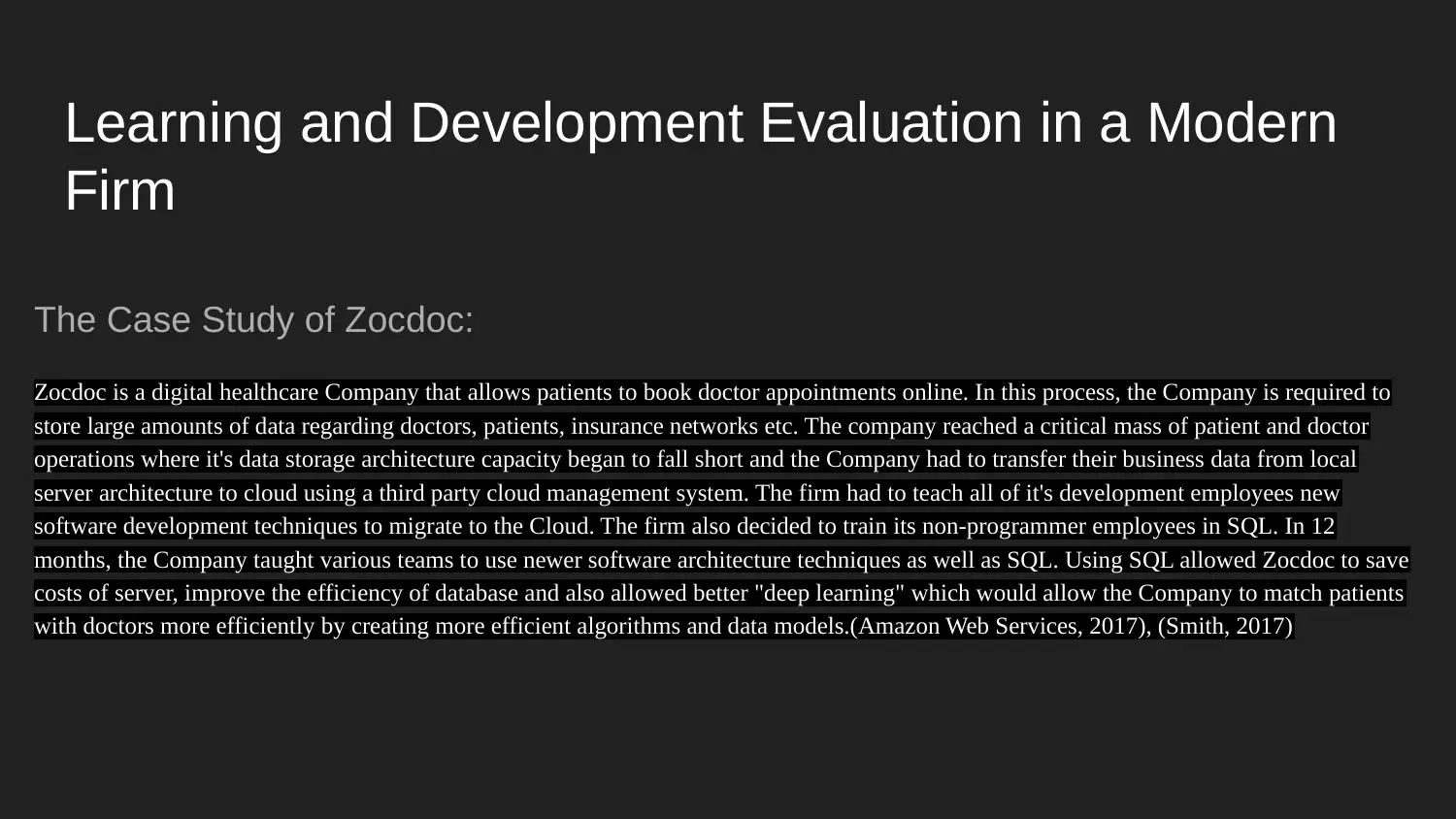
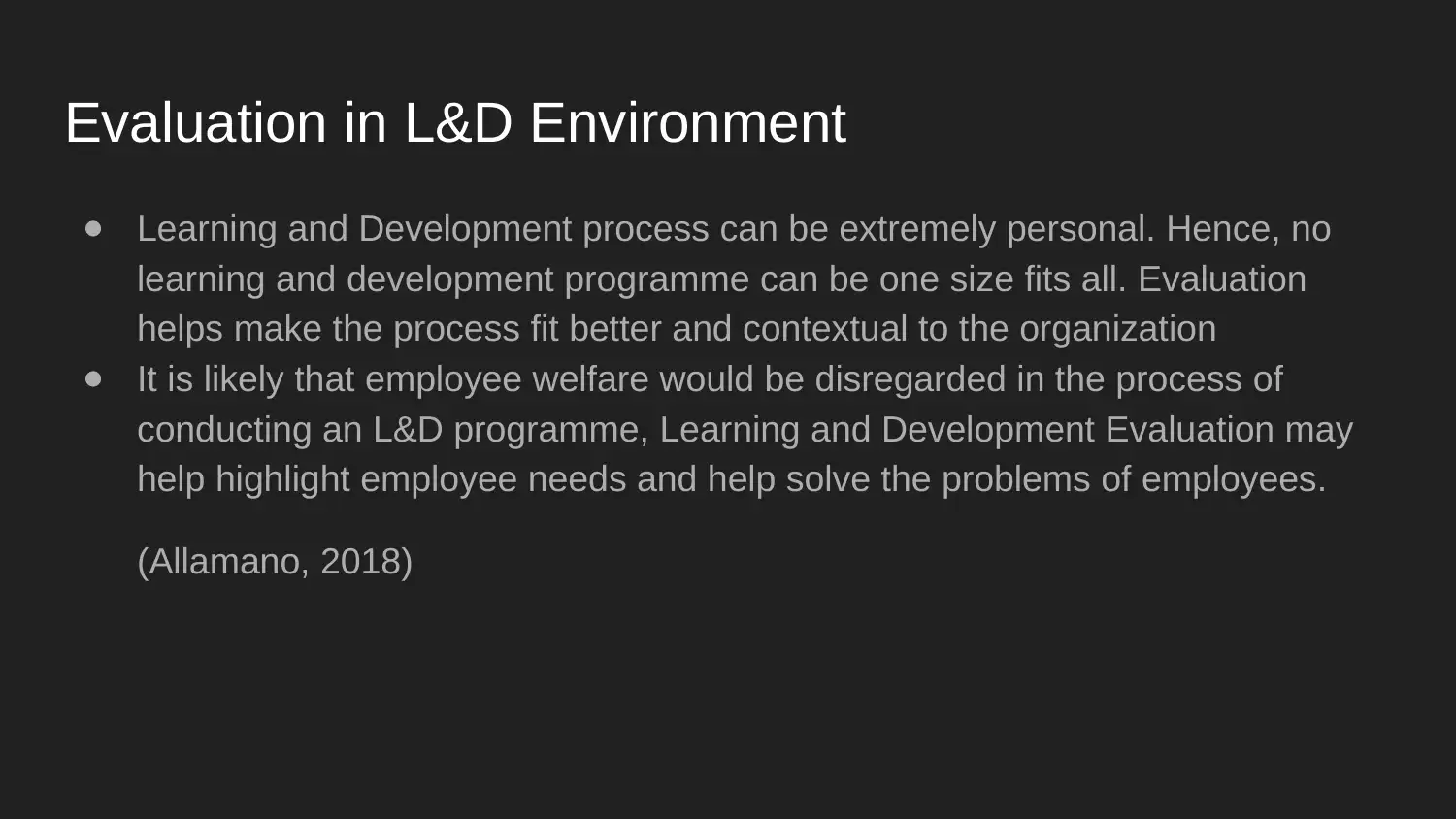





![[object Object]](/_next/static/media/star-bottom.7253800d.svg)